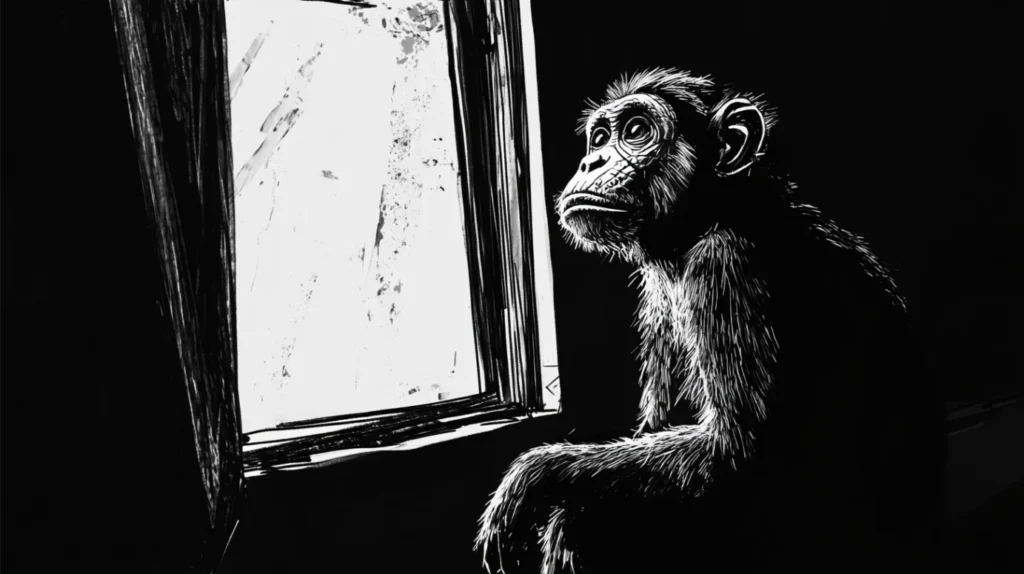Have you ever woken up vividly remembering your dream and wondered why some dreams stick with you while others vanish as soon as you open your eyes? Dreams have fascinated humans for centuries, and while we still don’t have all the answers, one thing is clear: memory plays a major role in dream formation and recall. Whether it’s the sights, sounds, or emotions stored in your brain, your memories form the foundation of your nightly adventures. Intrigued by the world of dream interpretation? Head over to https://dreamersintheround.com/ to dive deeper into the mysteries of dreaming.
In this post, we’ll explore how memory influences your dreams, why some dreams are easier to recall than others, and how you can sharpen your recall skills for dream journaling or interpretation. From understanding how your brain processes dreams to tips for improving memory recall, we’ve got you covered!
Key Takeaways:
- Dreams are heavily influenced by your memories, especially recent experiences and unresolved emotions.
- Not all dreams are stored in long-term memory, which is why they can feel so fleeting upon waking.
- Improving dream recall often requires intention and practice, such as keeping a dream journal by your bedside.
- Understanding your dreams can lead to emotional growth, self-discovery, and deeper insights about your subconscious.
How Does Memory Shape Your Dreams?
The Connection Between Daily Life and Dreams
Think about your most memorable dreams. Were they related to something you experienced during the day? This is because your brain pulls memories from recent experiences while crafting your dreams, weaving them into surreal, often abstract stories. Known as the “day residue” effect, this phenomenon helps explain why your dreams may feature a co-worker or a place you visited the day prior.
However, your dreams don’t just replay events like a recorder. Instead, your brain combines elements from various memories, creating what feels like a unique storyline. Sometimes, your mind may even take snippets from years ago or childhood memories—those hidden gems stored deep in your subconscious!
Emotional Memories and Dreams
Emotions play a massive role in dreams. Studies have shown that unresolved feelings, like stress, anxiety, or joy, are often integrated into our dreams. For example, if you’re nervous about an upcoming presentation, you might dream of being on stage with no notes or speaking to an empty auditorium. Our emotional memories don’t just help create dreams—they often dictate their tone or intensity.
Why Do Some Dreams Fade Away So Quickly?
Ever feel like a dream evaporated the moment you woke up? That’s because dream memories are fragile. When you’re asleep, your brain enters a state where it focuses more on consolidating long-term memories from your day rather than storing dreams. Unless we wake up during or immediately after the REM (Rapid Eye Movement) stage—when most vivid dreams occur—it can be hard to remember them.
Another reason for forgetting dreams? Your brain often treats them as less “important” compared to real-life events. Unless they are emotionally charged or unusual, they might not imprint strongly in your mind.
Interesting Fact: Some people claim they “never dream,” but in reality, everyone dreams. It’s just that some individuals recall them less frequently!
Tips to Improve Dream Recall
Want to become a pro at remembering your dreams? Here are some practical ways to do just that:
1. Keep a Dream Journal
The moment you wake up, jot down anything you remember—whether it’s a vivid scene or a fleeting feeling. A dream journal helps you train your brain to prioritize dream recall. Even writing down fragments can lead to richer recollections over time.
2. Set an Intention Before Bed
Before falling asleep, tell yourself: “I want to remember my dreams.” It may sound too simple, but this intention-setting primes your subconscious mind to hold onto those dream details longer.
3. Wake Up Gently
Sudden alarms can jolt your memory away! Try using a soft ringtone or allowing yourself a few peaceful moments in bed to reflect on your dream before the hustle of the day begins.
4. Mind Your Sleep Cycle
Most vivid dreams occur during REM sleep, which happens in cycles throughout the night. Being well-rested increases the chances of having—and recalling—your dreams. Aim for seven to nine hours of quality sleep.
Why Dream Interpretation Matters
Dreams as a Reflection of Your Subconscious
Your dreams are like a mirror, reflecting the thoughts, fears, and hopes swirling in your subconscious. For example, reoccurring dreams of being chased might highlight a specific stressor you’ve been avoiding. Interpreting your dreams helps you uncover unresolved feelings or explore spiritual and creative aspects of yourself.
Dream Symbols vs. Personalized Meaning
Classic dream symbols, like falling or flying, often have generalized meanings that help start the interpretation process. However, it’s crucial to think about what these symbols mean to you. For one person, dreaming about water might represent peace, while for another, it symbolizes fear or overwhelm.
Similar Dreams and Their Possible Meanings
| Dream Type | Common Interpretation | Emotional Connection |
|---|---|---|
| Flying Dreams | A feeling of freedom, empowerment, or escaping constraints. | Elation or self-confidence. |
| Teeth Falling Out | Anxiety about appearance, communication, or loss of control. | Fear or insecurity. |
| Being Chased | Running from physical challenges or unresolved conflicts in waking life. | Stress or avoidance. |
| Lost in a Maze | Feeling confused or overwhelmed by a difficult decision or life situation. | Frustration or uncertainty. |
| Seeing a Deceased Loved One | Processing grief, emotional closure, or seeking guidance from your subconscious. | Nostalgia or emotional healing. |
The Science Meets the Mystical
Dreaming is one of the most mysterious activities of the human brain. While science tells us about brainwaves, memory consolidation, and REM cycles, folklore and spirituality remind us that dreams can serve as a gateway to personal growth and deeper meaning.
Does this mean all dreams have a profound purpose? Not necessarily. Some are just your brain’s way of filing away memories, while others might result from an overactive imagination. But even seemingly random dreams can provide insights into your mental and emotional state when viewed through the lens of interpretation.
Wrapping Things Up
Dreams are a fascinating blend of memory, imagination, and emotion. Whether you’re dreaming about flying through a glittering sky or having lunch with a childhood friend, memory plays a foundational role in shaping these experiences. As fleeting as dreams may be, tapping into their meaning can offer profound insights into your inner world.
The more attention you pay to your dreams—including keeping a journal, reflecting on symbols, and understanding how memory affects them—the closer you’ll get to activating the full potential of dream interpretation. Who knows what secrets your subconscious might reveal?
So, the next time you wake up with vivid recollections of a dream, take a moment to jot it down and ask yourself: “What does this mean for me today?” Your dreams might just have the answers you need.















